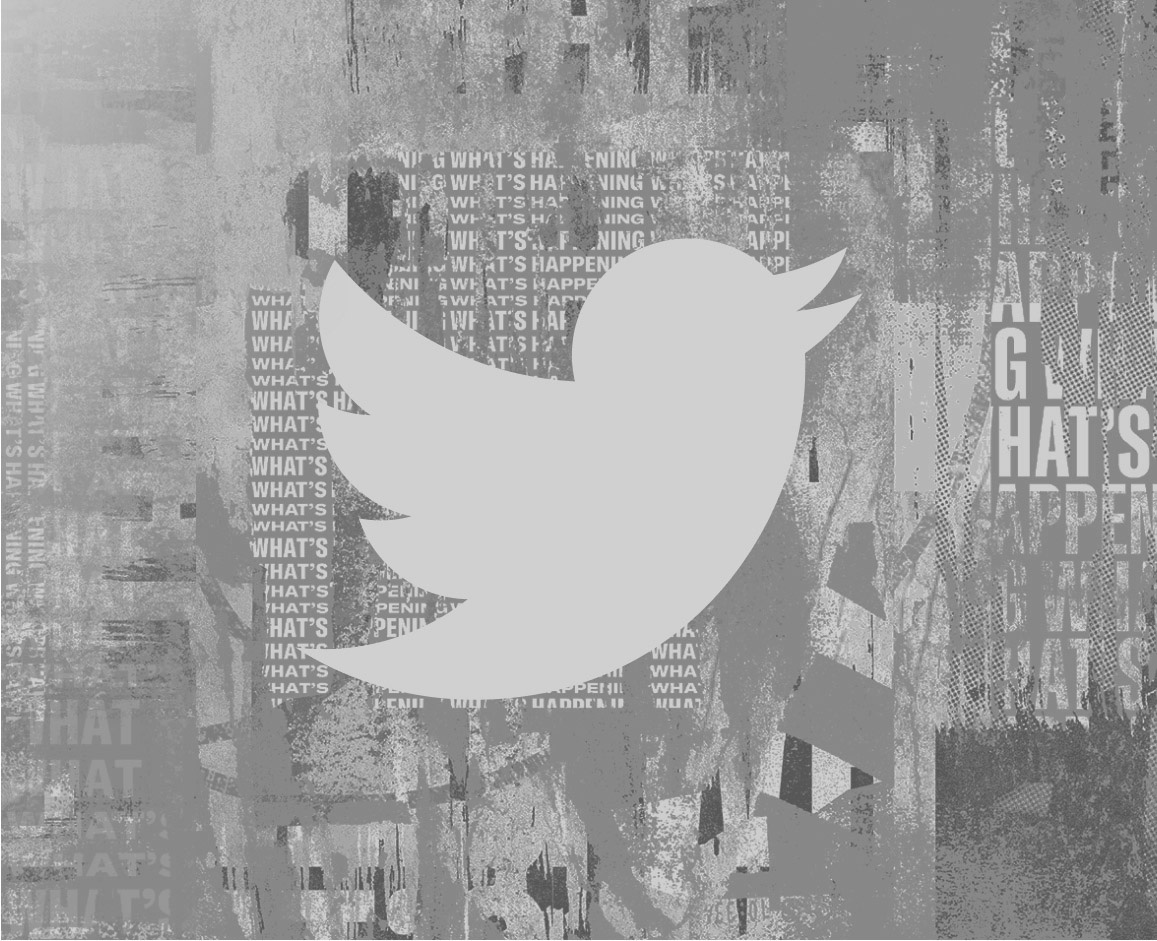THE END OF OWNERSHIP
Recurring revenue, subscription model, membership economy, consumption-based model. Call it what you want, but it all boils down to the “forever transaction,” a moment when customers join once, and stay forever.
Business is no longer about selling one-off products to nameless, faceless consumers. The membership economy is the future of business.
BACK 10+ YEARS AGO, WHEN ZUORA FOUNDER TIEN TZUO COINED THE TERM “SUBSCRIPTION ECONOMY,” THE CONCEPT WAS NEW — FOR CONSUMERS AND BUSINESSES.
But now the membership economy is here and companies, from Fortune 500 to SaaS natives, are becoming believers and reaping the benefits of subscription business models.
The question is no longer why but how.
The biggest challenge in getting the model right? Culture.
How do you create an organization that supports and elevates your subscription model? You need to shift from a product focus to customer focus.

CUSTOMER-CENTRIC VS PRODUCT CENTRIC
“Where is my customer trying to go?”
You need to take a step back to really understand your customer. Where is each customer trying to go? And how can you meet every customer at different points on the journey as needed?
It’s about acquisition, but it’s also about those moments and touchpoint opportunities to deepen the engagement.
Let’s take a look at 6 of the most significant cultural challenges you should be prepared for in the shift to subscriptions…
#1. GETTING LEADERSHIP SUPPORT.
In the early stages especially, you’ll need to demonstrate the value of the idea to leadership, and garner their support in gathering the necessary resources to prove the idea. The challenge is two-fold.
On the one hand, leadership may not be convinced that there is opportunity in the concept at all. On the other hand, even if leadership sees the potential, they may be concerned about the impact of the new strategy on the company at large.
Culture change is probably the hardest and most underestimated challenge of moving an organization from a transactional to a membership mindset. To make it happen, you’ll need support and a steady drum beat from leadership to ensure that the transformation, while difficult, will pay off in the long term.
#2. EDUCATING AND ENGAGING COLLEAGUES.
It’s not just leadership that has to buy in; the whole team needs to be on board. There will always be some people who say “I don’t understand why we’re changing things.” or who challenge the concept that customer lifetime value (CLV) is the most important thing.

#3. CHANGING ROLES.
In many cases, employees may be concerned about their own future as their roles necessarily have to shift to support a new model. The change can be jarring. There might be resistance.
For example, a salesperson who may identify as a “big game hunter” who’s used to bringing in huge deals and leaving it to her colleagues to deal with the carcass may be reluctant to shift to a farming model wherein she has to plant seeds and nurture them as she waits for client relationships (and CLV) to grow over time.
Not everyone will initially be comfortable with a change up of “business-as-usual,” or in how their roles will play out and how their performance will be measured and compensated.
#4. SHIFTING WORKFORCE.
It’s a hard truth that team members may leave in resistance to change — or that some colleagues may need to be replaced if they’re not open to the changing model and in for the ride. You simply cannot have someone dig in their heels to slow down the process.
#5. FEAR/UNCERTAINTY ABOUT THE COMPANY’S FUTURE.
From leadership to individual team members, it’s common that folks may be concerned about the company’s future. For example, will the new initiative cannibalize existing business or what will be the short-term revenue impact (what some call “swallowing the fish” — that initial dips in revenues that occurs when a business makes the shift from products to services).
#6. ITERATION AND EVOLUTION.
Even post launch, there will still be organizational challenges. As membership for an established offering gets older, the danger is that the model will just age with the cohort, without evolving in response to the changing needs of tomorrow’s customers.
This is when it’s good to remember that the forever transaction is dynamic: you have to earn — and re-earn — the commitment of your customers by demonstrating continued value over and over again.
Key insights on moving your organization from a transactional to a membership mindset provided by Robbie Kellman Baxter, the author of The Membership Economy and The Forever Transaction. Order your copy of The Forever Transaction.


